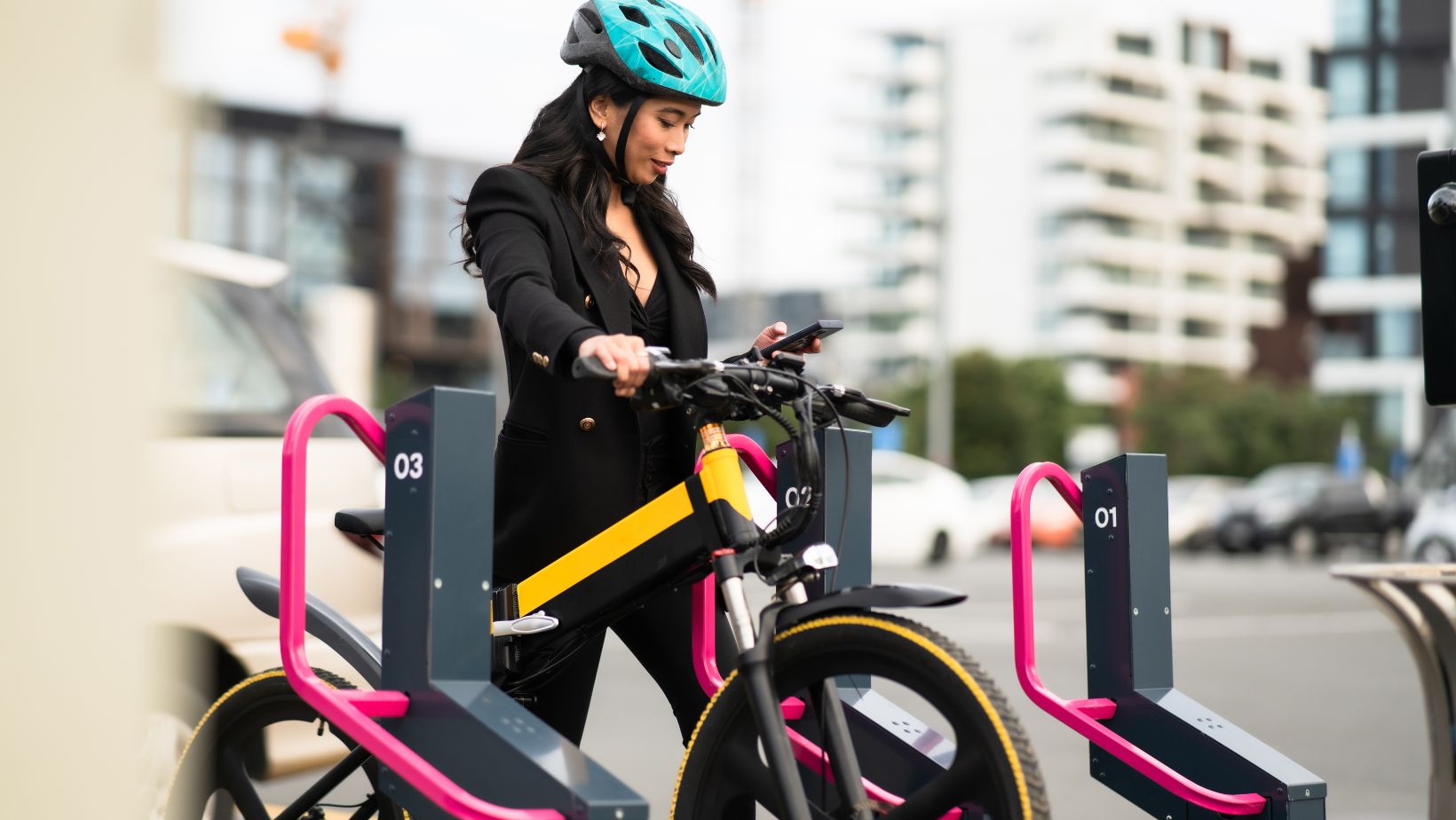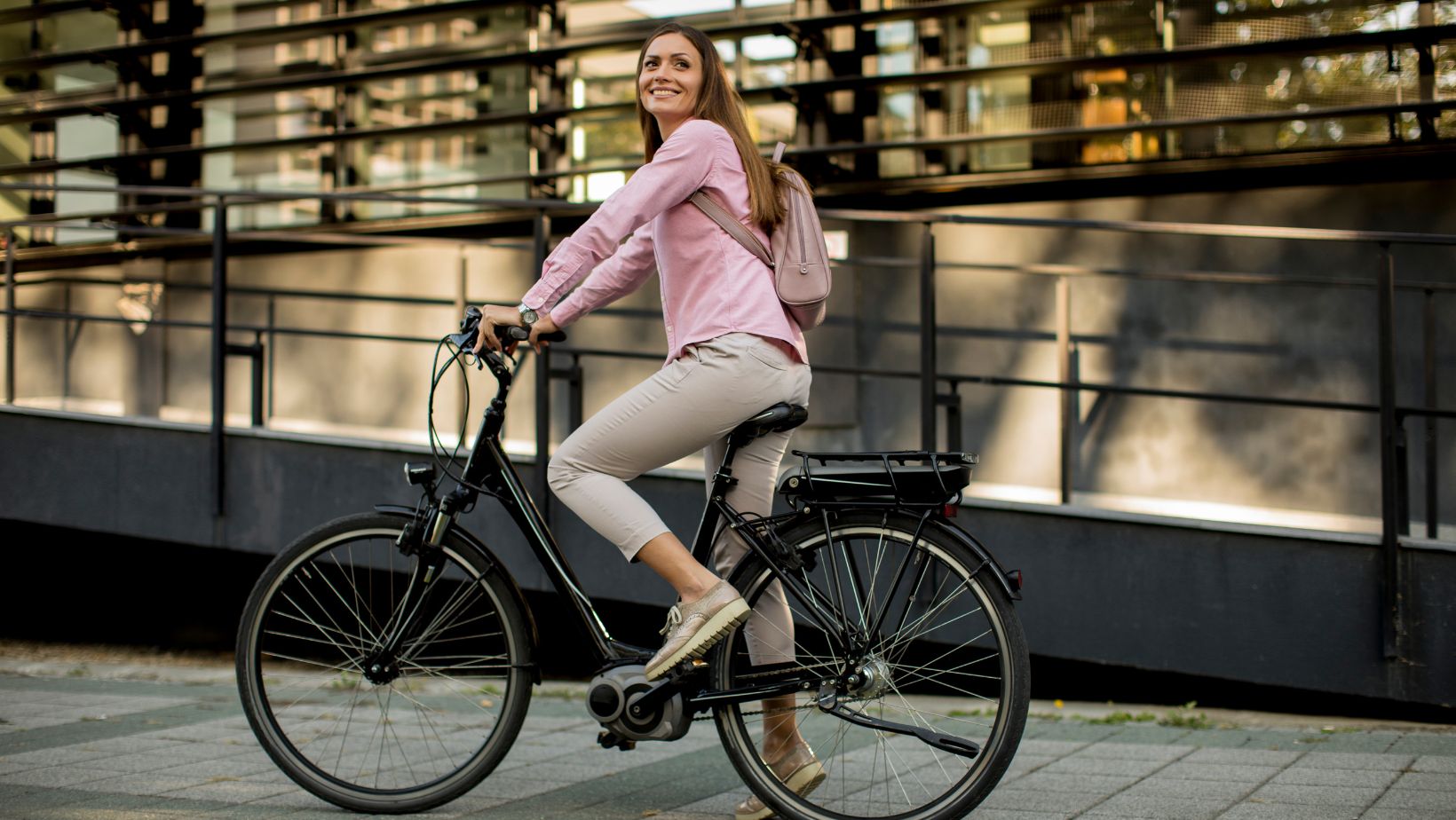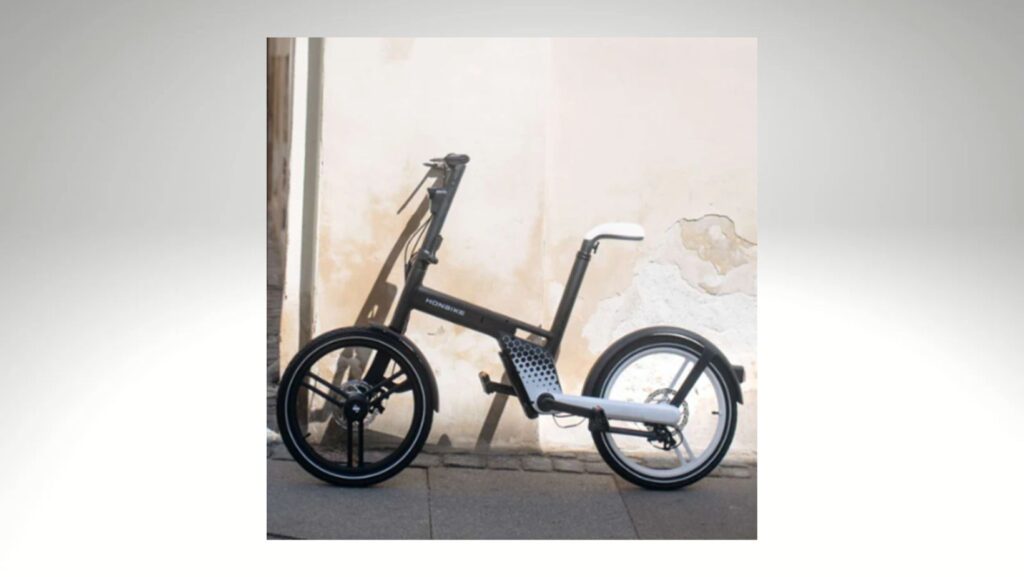E-bikes have become a common sight in cities around the world. It’s estimated that the Australian E-bike market is worth USD 65.42 million now and will be worth USD 98.46 by 2029.
It’s not surprising, there are an array of benefits to riding E-bikes, including cost-savings, and the fact they are environmentally friendly. There are also several types of electric bikes available, ensuring there is something for everyone.
However, have you ever stopped to wonder how an E-bike works?
The Electric Motor
Electric bikes are fitted with electric motors. These are modern, brushless DC motors, often referred to as BLDC. These motors are powered by batteries and use magnets to turn electrical energy into mechanical energy.
In essence, the power from the battery creates a current that moves around the electromagnets in a circular direction. This repels the standard magnets situated on the outer part of the motor. Because the middle electromagnets are attached to a shaft, the inner part of the motor can spin.
This is used to assist you in powering the bike.

Of course, in a fully electric bike, the motor does all the work. An assisted E-bike simply makes turning the pedals easier and more effective.
The motor is usually situated inside the rear wheel hub or on the bottom bracket. The less distance it needs to travel, the more efficient the motor.
Controller Unit
This is the brains behind the motor. Whether you’re getting assistance or riding a fully electric bike, the motor needs to be told how fast to turn.
It’s the controller that talks to the motor. It does this by taking information from speed or torque sensors fitted to your bike. The controller then tells the motor how much to turn, giving you the assistance you require.
It should be noted that torque sensors generally give a more natural feeling ride than speed sensors.
Settings Lever
The majority of E-bikes have a settings lever. You’ll have between three and five options, ranging from very little assistance to a lot of assistance.
Naturally, the higher the setting, the less work you’ll need to do. However, higher settings will use more power, draining your battery faster.
The Battery
More expensive E-bikes tend to have batteries installed inside the frame. It’s discreet, helps with weight distribution, and looks good. Less expensive options will have the battery sat on top of the frame, often over the back wheel.

The average E-bike battery is either 36 or 48 volts, the higher the voltage the more power it can produce. In all cases, the battery will need to be recharged regularly. It can take between three and six hours to fully recharge the battery.
The wattage of your battery will dictate how long the motor can be powered. In basic terms, the higher the wattage, the further you’ll be able to go on one charge. Of course, this is affected by the speed and amount of motor assistance you get when riding.
Summing Up
You don’t need to know how an E-bike actually works to ride it. However, it is useful to understand the mechanism. It will help you appreciate what your bike is capable of and how to get the most out of it.



